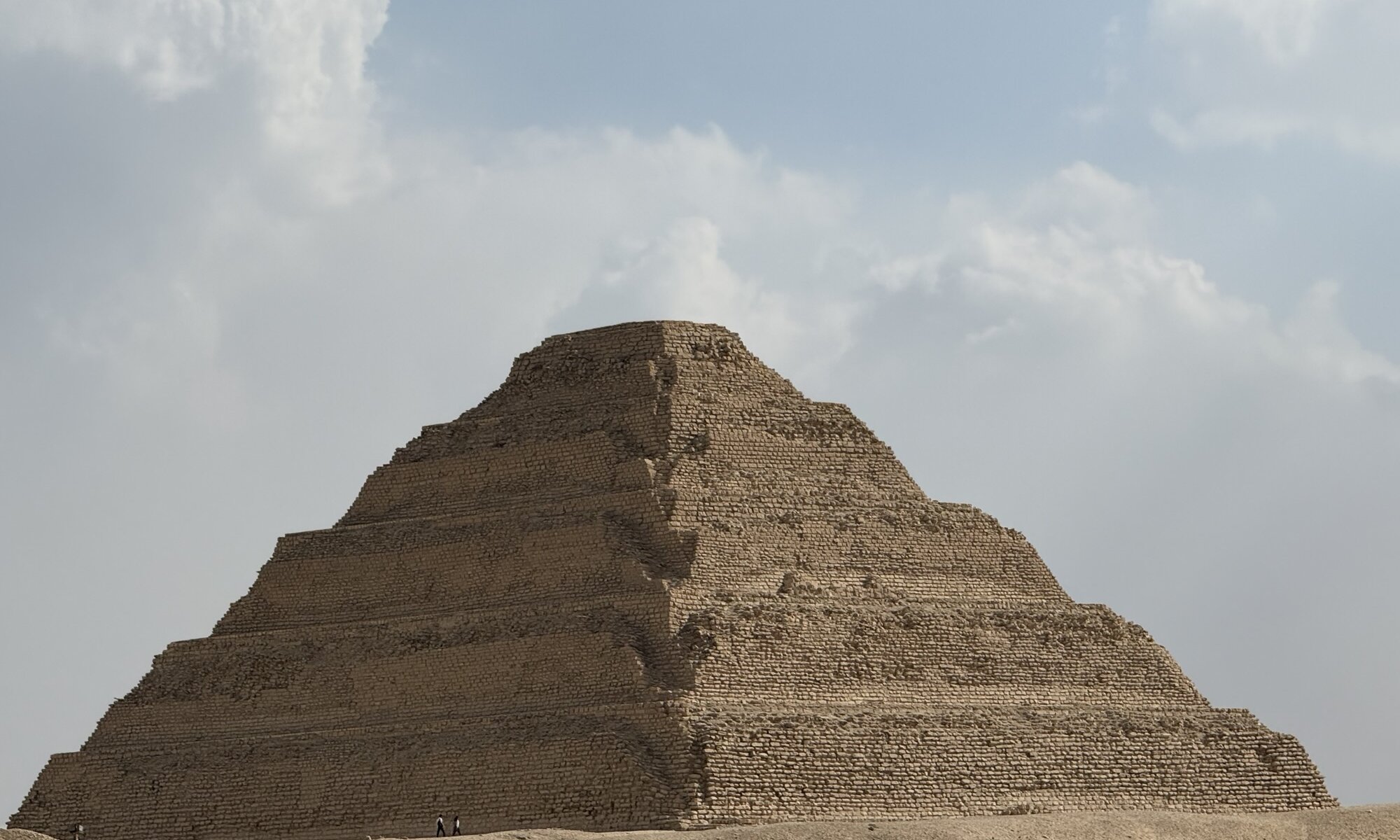The Step Pyramid of Djoser, located in the Saqqara necropolis near ancient Memphis, stands as the earliest colossal stone building in Egypt and represents a pivotal moment in architectural history. Constructed during the 27th century BCE, in the Third Dynasty, it was commissioned as the tomb for Pharaoh Djoser. Designed by the renowned architect and ancient polymath Imhotep, this pyramid marks the transition from traditional mastaba tombs to the revolutionary step pyramid design, featuring six distinct tiers that rise about 62 metres high. The structure was originally clad in polished white limestone, intended to stand gleaming under the Egyptian sun, and its base aligned roughly with the four cardinal points.
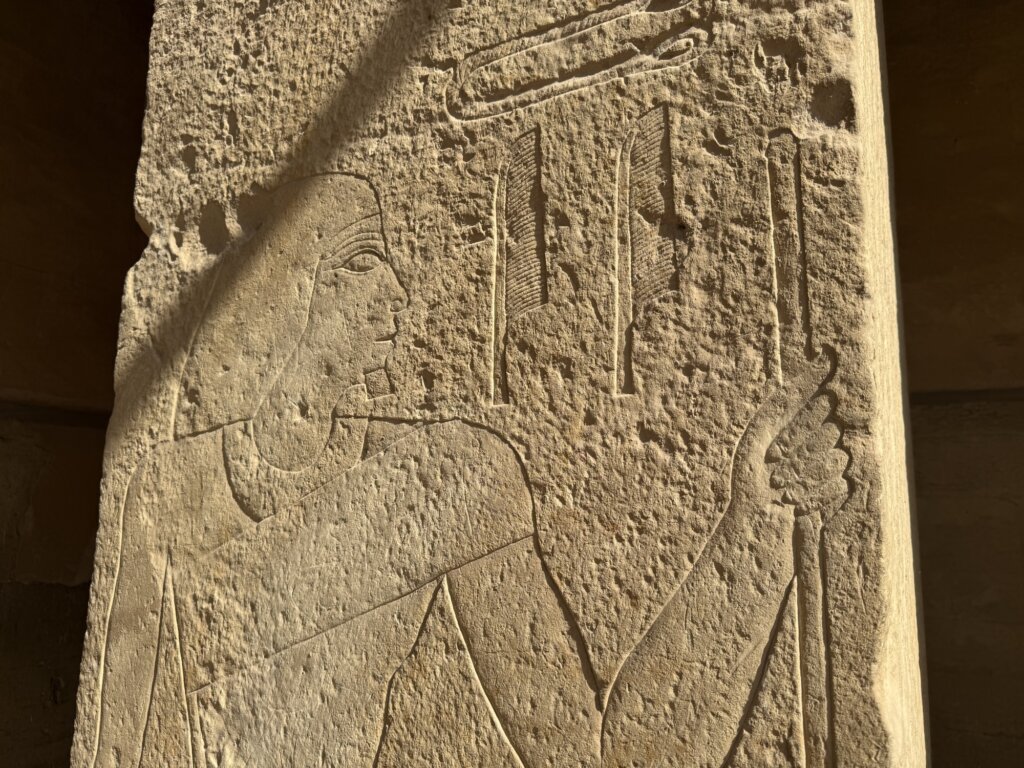

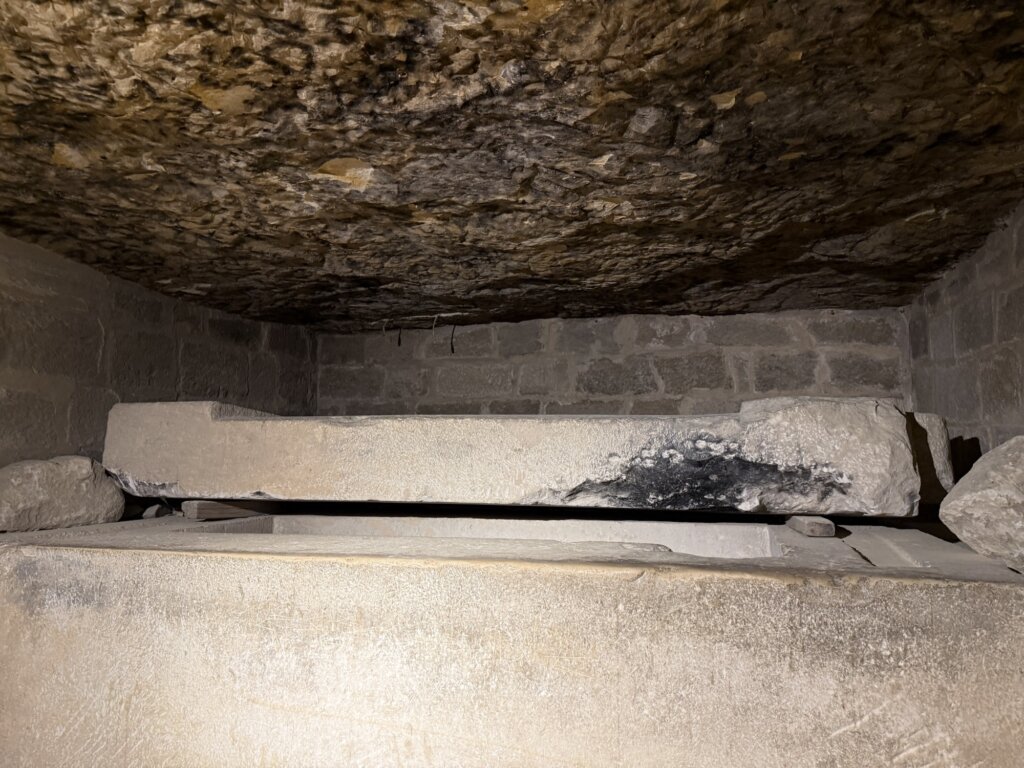
The pyramid complex was not merely a tomb but an extensive ceremonial site bordered by a vast enclosure wall more than a mile long. Within this complex stood numerous buildings, some functional and others symbolic, possibly designed to serve the king’s spirit or linked to his jubilee celebrations. Below the pyramid, an elaborate labyrinth of underground galleries and chambers extended for several kilometres, housing not only the burial chamber of Djoser himself but also the tombs of royal family members and storage spaces for offerings. These subterranean passages were adorned with inlaid blue faience tiles, mimicking reed mats and royal palatial décor, symbolising the eternal residence for the king’s spirit.
Today, visitors to the Step Pyramid can explore the site following a meticulous restoration that spanned fourteen years, prompted by damage from an earthquake in 1992. Tourists are now able to enter the pyramid through its original south entrance and descend to the burial chambers and tunnels beneath. The site’s impressive scale and complex construction remain a vivid testament to the ingenuity of early Egyptian builders. Furthermore, the surrounding mortuary complex reveals remnants of ceremonial architecture and the layout of a grand courtyard where ancient rituals would have been enacted, providing an immersive glimpse into early dynastic Egypt’s funerary practices.
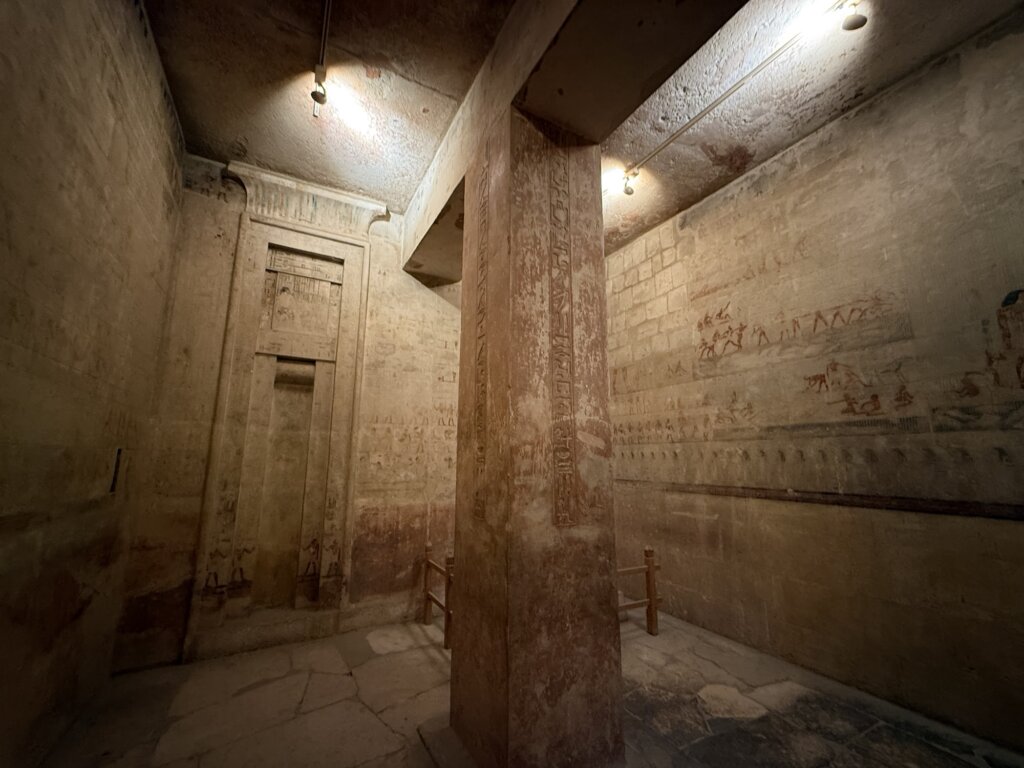
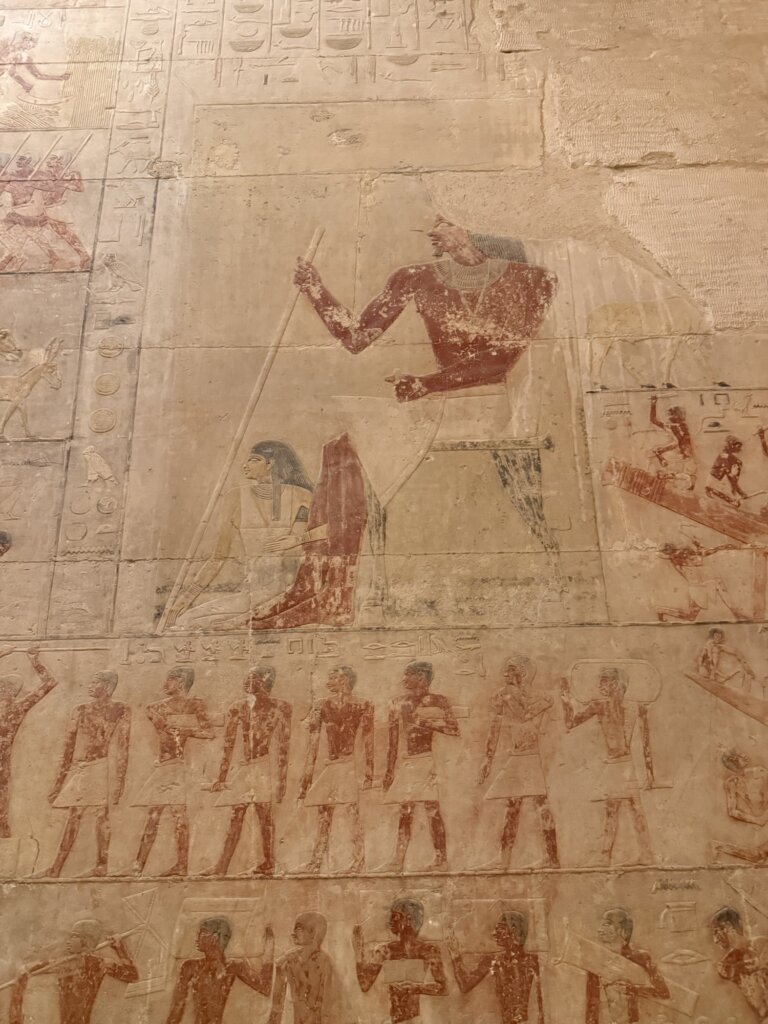
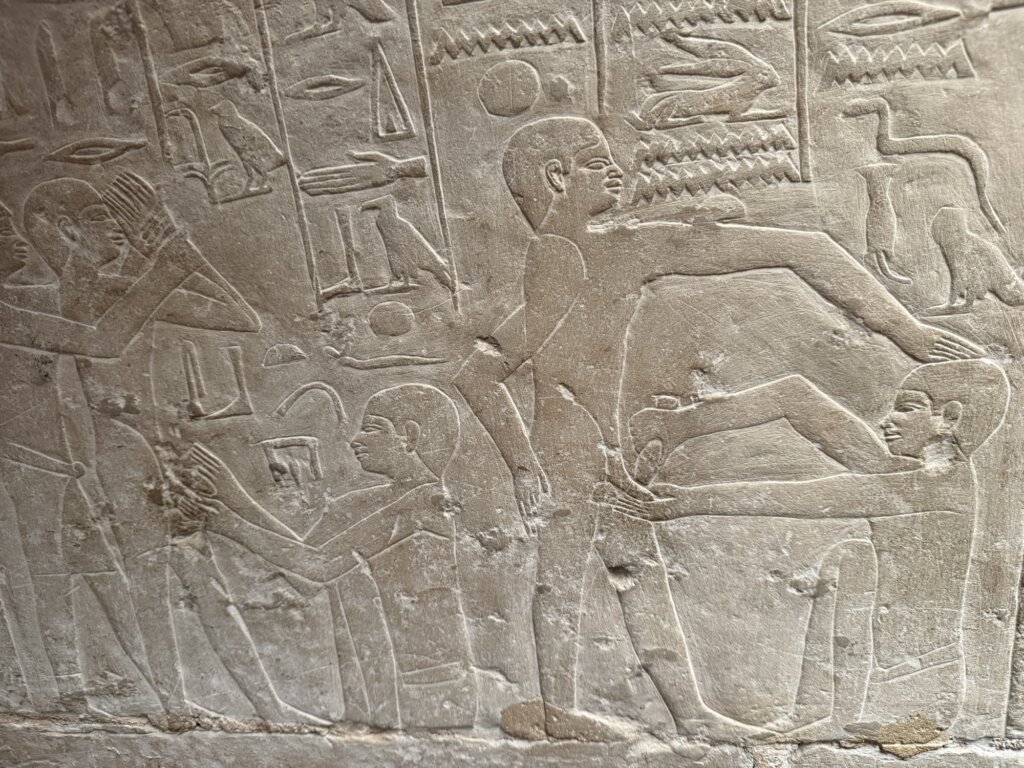
The Step Pyramid at Saqqara continues to captivate historians, architects, and travellers alike, holding a paramount place in the evolution of monumental architecture. Its design set the stage for the more famous smooth-sided pyramids that would follow in later dynasties, yet it retains a unique charm and historical significance as the world’s first large-scale cut stone construction. Standing amidst the vast desert landscape, it not only dominates the skyline but also offers a profound connection to the dawn of ancient Egyptian civilisation and its enduring legacy. You can‘t actually visit the Step Pyramid inside – but you should have a look at the graves of Ty (giving you the Indiana Jones feeling) and Ankhmahor (with a weird castration / circumcision scene engraved in stone).
Step Pyramid of Djoser
الجيزة
Egypt
Loading map...


